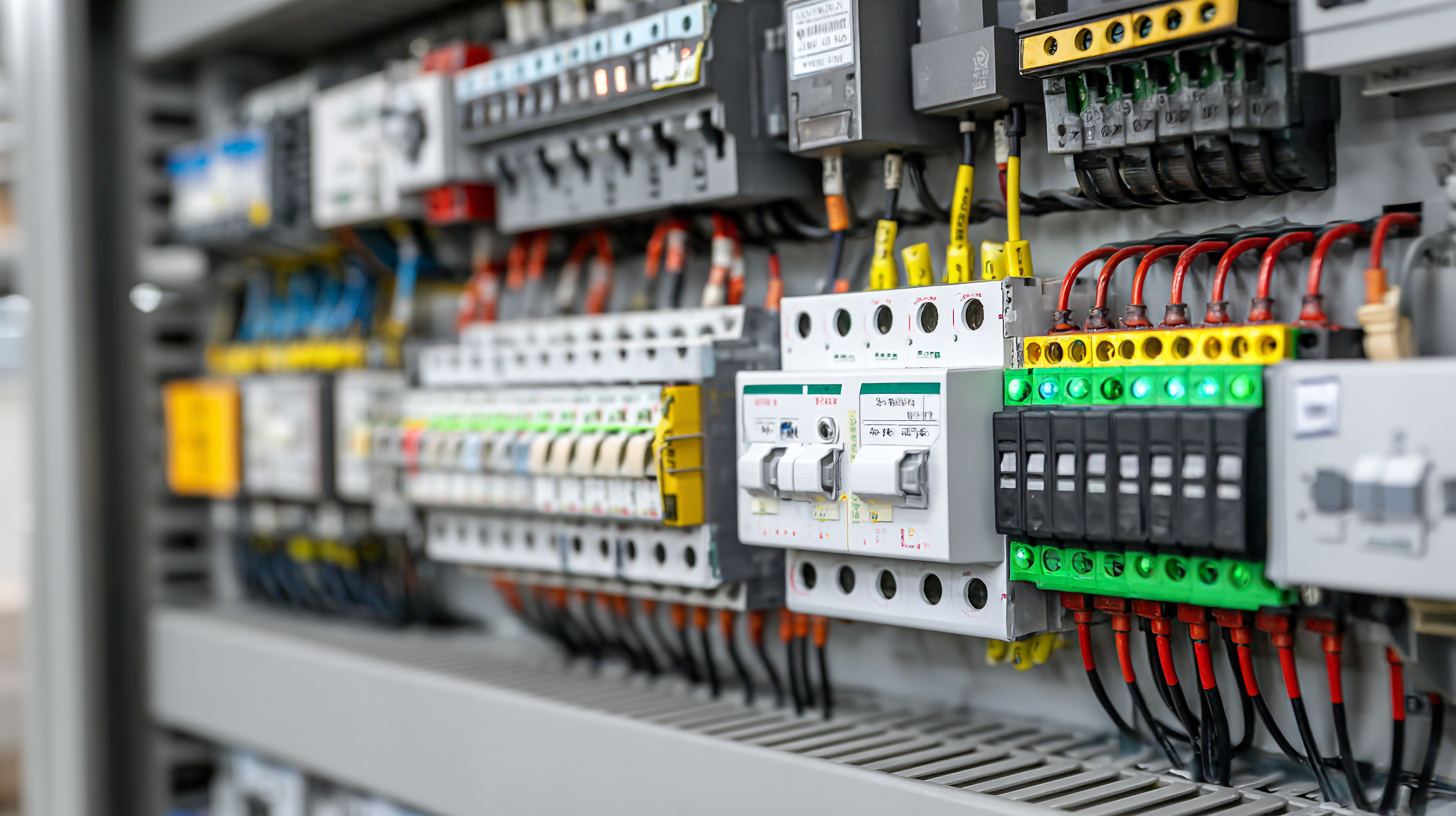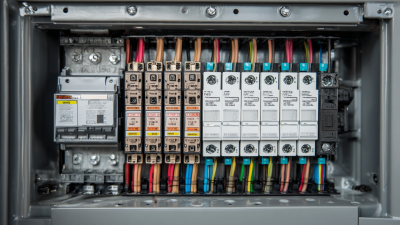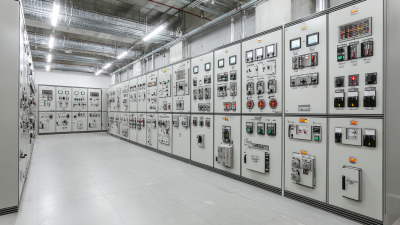As the 138th Canton Fair approaches in 2025, the breaker box market is poised for significant transformations, driven by emerging technologies and increasing demand for efficient power distribution solutions. According to a recent report by Grand View Research, the global breaker box market is expected to reach USD 10.5 billion by 2027, growing at a compound annual growth rate (CAGR) of 6.2% from 2020 to 2027. This growth is underscored by the rising adoption of smart grid technologies and the need for reliable electrical infrastructure in developing regions. Additionally, the ongoing transition towards renewable energy sources is further enhancing the importance of breaker boxes in energy management systems. As businesses and manufacturers prepare for the Canton Fair, insights into these trends and data-driven strategies will be crucial for navigating the evolving landscape of the breaker box industry.
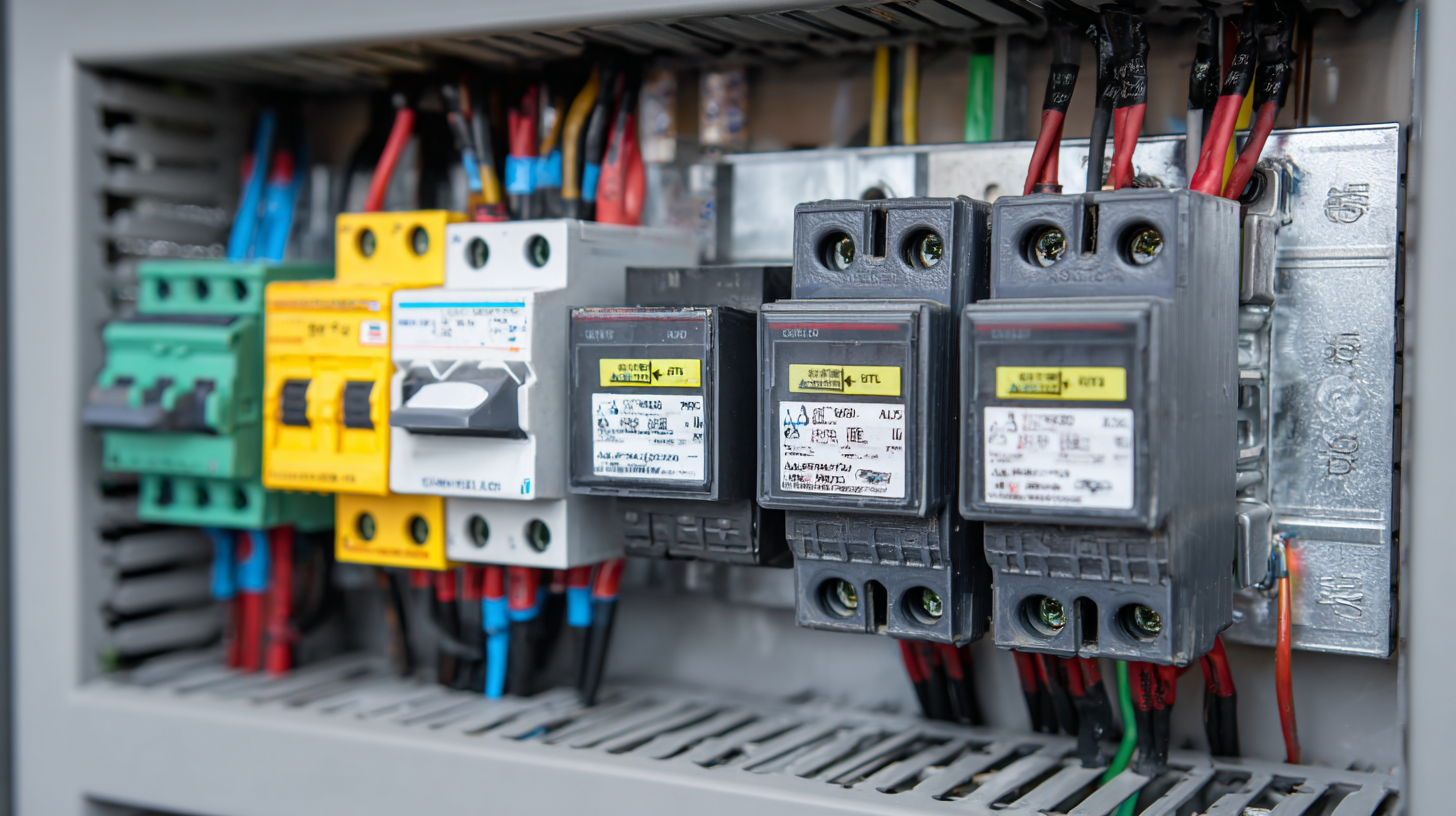
The breaker box market is witnessing significant transformations in response to evolving consumer demands and technological advancements. According to a recent report by Market Research Future, the global electrical panel market, which includes breaker boxes, is expected to grow at a compound annual growth rate (CAGR) of 5.2% from 2023 to 2030, driven primarily by increased construction activities and the rising need for energy-efficient solutions. Key players such as Schneider Electric, Siemens, and Eaton are strategically positioning themselves to capitalize on this growth, focusing on innovations in smart grid technology and renewable energy integration.
Competitive dynamics in the breaker box market emphasize the importance of product differentiation and sustainability. Companies are expanding their portfolios with advanced solutions that enhance safety and energy management while catering to regulatory requirements. For instance, a report by Allied Market Research indicates that the demand for smart breaker boxes is projected to increase by over 20% by 2026, as consumers and businesses alike seek more intelligent management of their electrical systems. This trend is evidenced by various collaborations and technology partnerships aimed at developing next-generation breaker box solutions that offer real-time monitoring and automated control capabilities.
The breaker box market is witnessing significant technological advancements and innovative trends that promise to enhance safety, efficiency, and user experience. A prominent shift is the adoption of smart breaker boxes, which integrate IoT technology, allowing homeowners and businesses to monitor energy usage in real-time. This capability not only provides insights into energy consumption patterns but also helps in optimizing power distribution, ultimately leading to cost savings and improved energy efficiency.
Additionally, manufacturers are focusing on enhancing the safety features of breaker boxes. Innovations such as arc fault detection and ground fault protection have gained traction, significantly reducing the risk of electrical fires and ensuring compliance with stringent safety standards. Moreover, the development of compact and modular designs has made installation easier, catering to the growing demand for space-efficient solutions in modern electrical systems.
As the industry prepares for the 138th Canton Fair in 2025, these trends will likely play a critical role in shaping the future landscape of breaker box technology.
As the 138th Canton Fair approaches in 2025, the breaker box market is witnessing significant shifts, largely driven by recent regulatory changes. These alterations in regulations have reshaped the dynamics of the breaker box market, compelling manufacturers and suppliers to adapt swiftly. According to a recent report by Global Market Insights, the breaker box market is projected to reach $15 billion by 2026, with a compound annual growth rate (CAGR) of 5.6% from 2021. These figures highlight the accelerating pace of innovation and compliance that stakeholders must navigate.
Regulatory changes, particularly those pertaining to energy efficiency and safety standards, have been pivotal. The introduction of more stringent guidelines is fostering the development of smarter, more reliable breaker boxes that meet emerging consumer expectations. Industry data suggests that companies investing in compliant technologies have seen a 20% increase in market share over the past two years. This evolution not only boosts competitiveness but also prepares businesses for the long-term sustainability required by new regulations.
Tips: As a stakeholder in the breaker box market, it’s crucial to stay updated on compliance requirements and emerging technologies. Engaging with industry forums and participating in workshops can provide valuable insights into best practices. Additionally, consider collaborating with regulatory bodies to ensure your products meet the latest standards, as this can significantly enhance your market position.
As the 138th Canton Fair approaches in 2025, understanding consumer preferences and demand drivers for breaker boxes becomes increasingly crucial. Today’s consumers are more environmentally conscious, often favoring products that are not only functional but also sustainable. This shift in consumer behavior indicates a willingness to invest in products that align with their values, making eco-friendly breaker boxes a significant market opportunity.
Additionally, aesthetics play a vital role in the decision-making process for modern consumers. Much like the evolving trends witnessed in home decor during prestigious events like Milan Fashion Week, breaker boxes are now being recognized as integral elements of home design. Consumers are seeking solutions that harmonize with their home environments while ensuring safety and reliability. Product designs that showcase innovation and align with contemporary aesthetics could greatly enhance market appeal, driving demand for more visually pleasing and responsible options in the breaker box market.
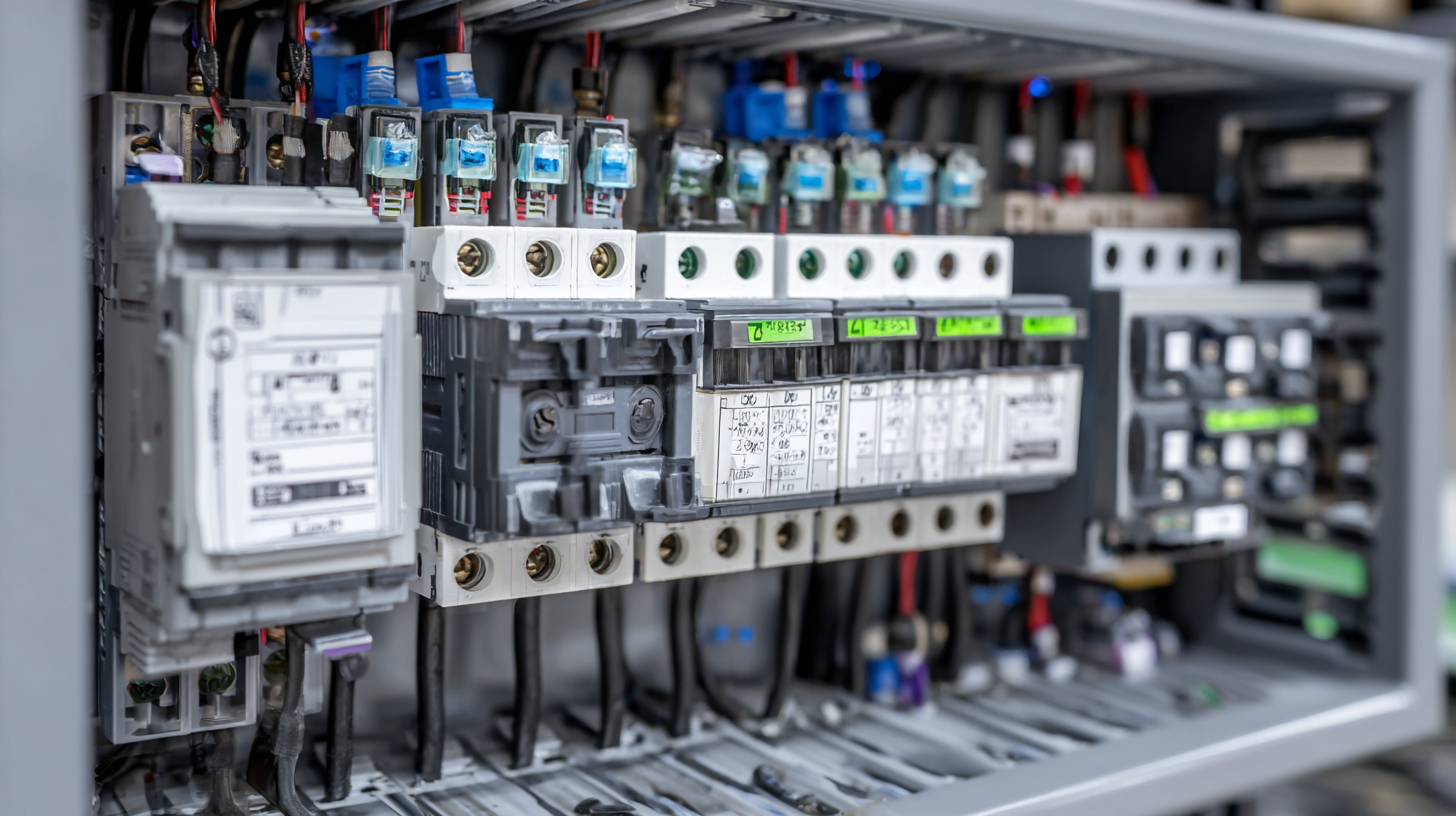
As the 138th Canton Fair approaches in 2025, insights into the breaker box market reveal a complex landscape shaped by evolving technology and changing consumer preferences. The anticipated growth in demand for energy-efficient solutions and smart home systems is expected to drive the market forward. Manufacturers are likely to focus on integrating advanced features such as remote monitoring and automation to cater to the increasingly tech-savvy customer base. This trend toward innovation is indicative of a broader shift in the electrical equipment industry, highlighting the importance of sustainability.
Market forecasts suggest a steady increase in breaker box sales, with projections indicating a compound annual growth rate (CAGR) of around 6% over the next few years. Factors contributing to this growth include urbanization, increasing construction activities, and heightened awareness of electrical safety standards. Companies participating in the Canton Fair will be positioned to showcase their cutting-edge products and capitalize on emerging opportunities, making it a pivotal event for stakeholders looking to expand their presence in this competitive market.
